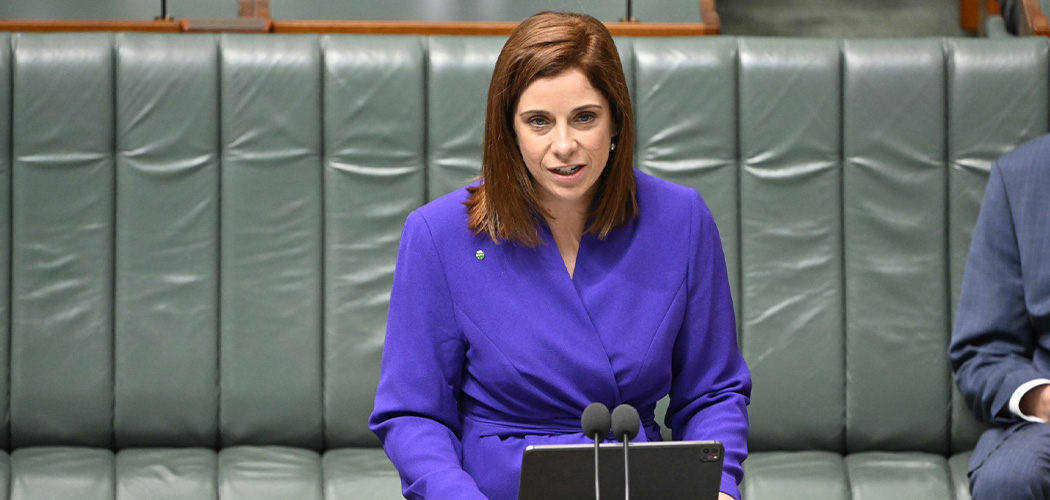The highly anticipated new rights-based Aged Care Act, stemming from the first recommendation of the landmark Royal Commission into Aged Care Quality and Safety, has now been introduced to Parliament.
The new Aged Care Act legislation includes:
- A Statement of Rights for older Australians in aged care, with a positive duty for providers to uphold those rights
- New duties to hold providers and people in positions of leadership accountable, along with a compensation pathway
- New Quality Standards to drive continuous improvement and high-quality care
- Stronger regulatory powers to protect people from harm
- New whistleblower protections.
- A regulator with stronger investigative powers
- A new, independent statutory Complaints Commissioner
Prime Minister Albanese said his government was putting the “care” back into aged care, in marking today’s broad reforms.
“Reforms like this do not happen every day. They are once-in-a-generation, and my government is proud to deliver them, as we said we would,” he said.
The reforms, which total $5.6 billion, include $4.3 billion to establish a new Support at Home program by 1 July 2025, enabling around 1.4 million Australians to remain independent and stay in their homes for longer. It includes support for nursing care and everyday living, with the government paying 100% for clinical care services, with individual contributions going towards independence and everyday living costs, based on the Age Pension means test and personal circumstances, including income and assets.
Essential changes will also be made to improve the funding, viability and quality of residential aged care, including a “no worse off principle” so people already in aged care won’t make a greater contribution to their care.
The reforms, which respond to recommendations from the Aged Care Taskforce, have received bipartisan support.
To improve current funding arrangements, as recommended by the Aged Care Taskforce, the government has outlined a range of measures, including:
- Larger means-tested contributions from new entrants
- A higher maximum room price that is indexed over time
- The retention of a small portion of refundable accommodation deposits by providers
The treatment of the family home won’t change. While half of new residents will not contribute more under the new consumer contributions, according to the government.
”We’ve heard the message from older Australians: they want support to stay in the homes and communities they love,” Aged Care Minister Anika Wells said.
“Support at Home will help around 1.4 million older Australians do just that, with shorter wait times, more levels of support, and funding for home modifications.
“The Government will pay 100 per cent of clinical care services, with people contributing towards their support services like help with showering, gardening or meal preparation.”
Find more information here









One Response
What is happening with the Aged care watch and all the complaints of understaffed ect. What will really be done to facilities/organisations that are fudging the books and getting care staff attending to more none direct care for our residents in residential aged care facilities. Our residents left more vulnerable now than ever.